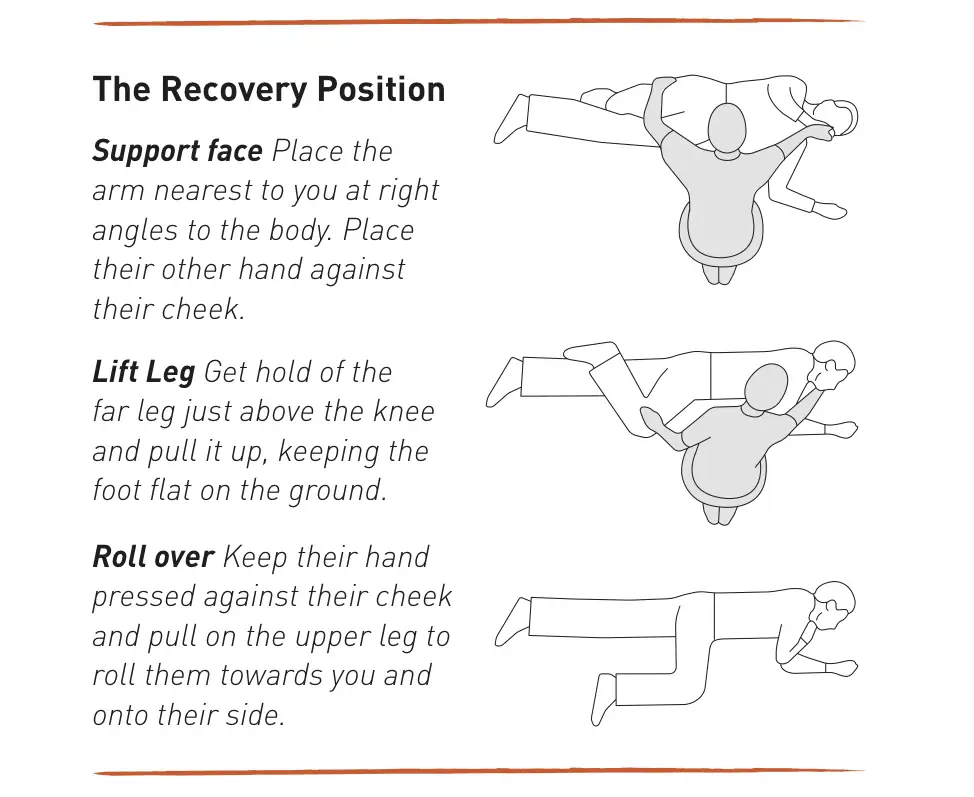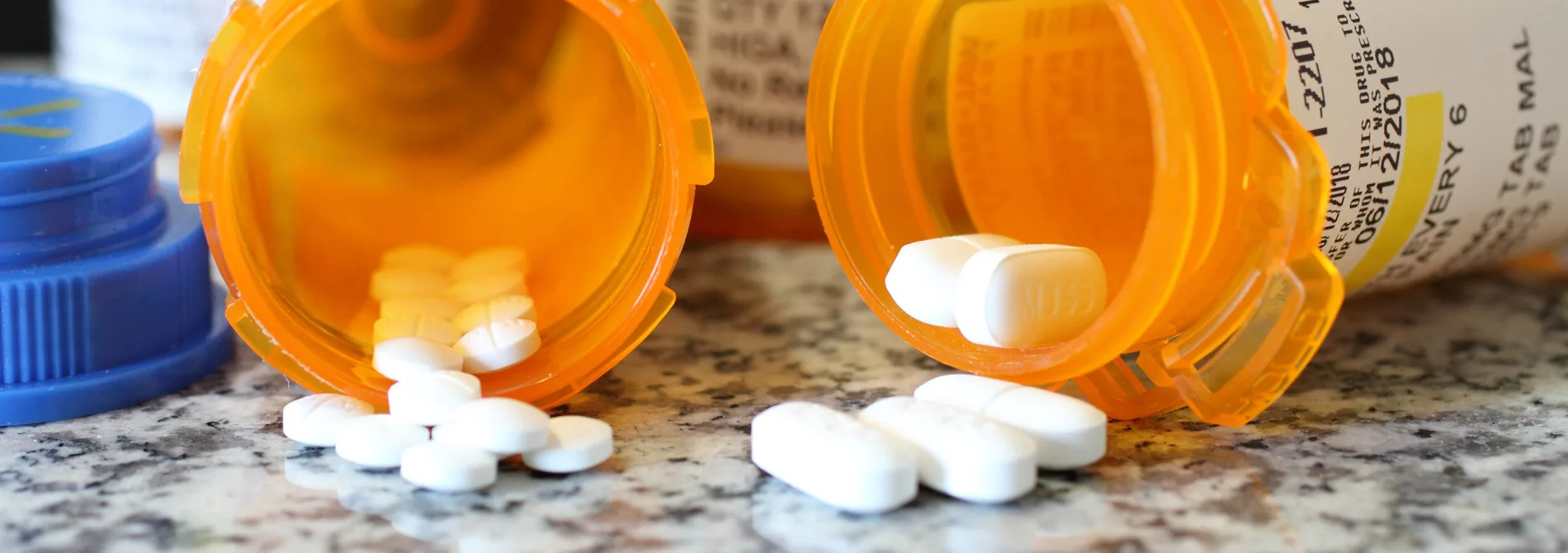Hydrocodone and oxycodone are two of the most commonly prescribed opioids in the United States. While they effectively relieve pain, they can be addictive and lead to substance use disorders if not taken as prescribed. These two drugs are very similar, but there are some subtle differences between them. In this blog post, we will discuss the differences and similarities between hydrocodone and oxycodone and provide resources on how to spot an overdose.
What is an opioid?
Opioids are a type of drug that can be used for pain relief. They work by binding to opioid receptors in the brain and spinal cord. This decreases the number of pain signals that are sent to the brain. Opioids can be used to treat both chronic and acute pain.
Hydrocodone and oxycodone are both opioids, which means that they are derived from opium. Opioids are typically used to treat pain, but they can also be abused for their euphoric effects. When taken in large doses or recreationally, opioids can cause a person to feel very relaxed and happy. However, opioids can also be very dangerous and come with a risk of addiction and overdose.
If you or a loved one need help, call our admissions team today at 561-270-1753.Is there a difference between hydrocodone and oxycodone?
One key difference is that oxycodone is more potent than hydrocodone. This means that it takes less oxycodone to produce the same effects as hydrocodone. Oxycodone is also more likely to be abused than hydrocodone because it produces stronger effects. This also means that oxycodone has a higher risk of overdose.
Another primary difference between using hydrocodone and oxycodone is their side effects. Hydrocodone is more likely to cause tiredness, and oxycodone is more likely to cause constipation.
In many ways, these two drugs are very similar. The actual effects of hydrocodone and oxycodone are influenced more by a person’s substance use and abuse history, their weight, the release form (e.g., instant-release tablets vs. time-release tablets), and the dosage, rather than a strict difference between the two.
Both hydrocodone and oxycodone are prescription drugs used to treat pain. They are opioid agonists, which bind to the body’s opioid receptors. This binding creates a feeling of euphoria, which is why both are often abused. Both drugs can also cause shallower breathing and a slower heart rate.
What does addiction to opioids look like?
Oxycodone and hydrocodone dependence can be both psychological and physical. Examples of opioid dependence or addiction include:
- An obsession with finding and taking the drug
- Excessive sweating
- Increased heart rate
- Insomnia
- Anxiety
- An inability to stop using the drug
What does an opioid overdose look like?
Overdosing on opioids, or combinations of opioids and other drugs occurs when a body cannot handle the amount of opioids in the body. When someone uses opioids, it is not always clear if they are just feeling high or experiencing a life-threatening overdose. If you are unsure, assume an overdose has occurred. You may be able to save a life.
Opioid overdose symptoms include:
- The face of the person is extremely pale and/or feels clammy when touched
- The body of the person goes limp
- Their fingernails or lips are purple or blue
- They start vomiting or making snoring or gurgling noises
- They cannot be woken up, are unable to speak, or are unconscious
- Their breathing or heartbeat slows or stops
How can you stop an opioid overdose?
Because opioids have a high risk of overdose, knowing the signs of an opioid overdose and what to do is vital.
- Call 9-1-1 immediately
- Administer naloxone (also known by the brand name Narcan) if it is available. Naloxone is a medication that can quickly stop an opioid overdose by blocking the effects of opioids on the body.
- Try to keep the person awake and alert.
- Put the person in the recovery position on their side to prevent choking.
- Stay with the person until emergency services arrive.

While they have some differences, both hydrocodone and oxycodone can be dangerous and lead to addiction or overdose. If you or someone you know is struggling with a substance use disorder, it is important to seek help. There are many resources available, and recovery is possible.
Headwaters is a well-known care provider offering a range of treatment programs targeting the recovery from substance use, mental health issues, and beyond. Our primary mission is to provide a clear path to a life of healing and restoration. We offer renowned clinical care for addiction and have the compassion and professional expertise to guide you toward lasting sobriety. For information on our programs, call us today: 561-270-1753.





